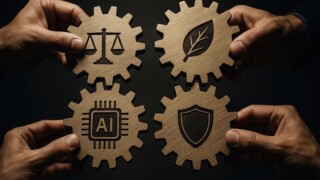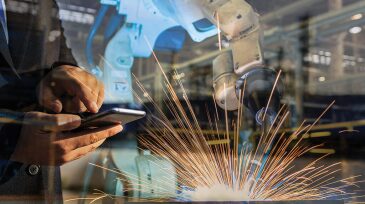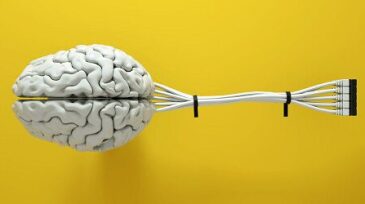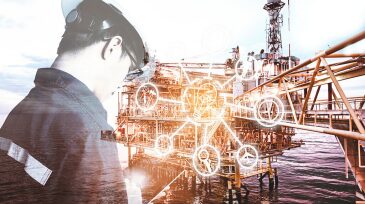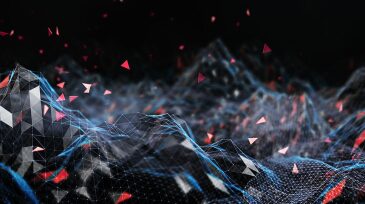AI/machine learning
Aurora Innovation and Detmar Logistics have inked a deal for 30 autonomous trucks that will begin hauling sand in the region next year.
Sustainability in reservoir management emerges not from standalone initiatives but from integrated, data-driven workflows, where shared models, closed-loop processes, and AI-enabled insights reduce fragmentation and make sustainable performance a natural outcome.
Sponsored
In oil and gas operations, every decision counts. For more than 2 decades, SiteCom has been the trusted digital backbone for well operations worldwide, driving insight, collaboration, and efficiency.
-
With their gee-whiz—albeit artificial—intelligence, robots may be the industry’s answer to jobs deemed dangerous, dirty, distant, or dull.
-
Machine learning enables fast, cost-effective, and accurate methane emissions detection in remote areas.
-
Artificial intelligence just seems to get smarter and smarter. But some of the improvement comes from tweaks rather than the core innovations their inventors claim—and some of the gains may not exist at all, says Davis Blalock, a computer science graduate student at MIT.
-
The Offshore Technology Conference was cancelled for the first time ever due to the COVID-19 pandemic. But the flow of ideas continues. As proof, this curated summary of technical papers highlights unique concepts that might someday reduce the offshore sector’s heavy cost burdens.
-
The Internet giant is walking away from the exploraiton and production business following a report that claimed it was undermining its own climate initiatives by offering its machine-learning tools.
-
The AI-driven tool will detect anomalies in subsea oil and gas infrastructure.
-
Despite streams of data being available on platforms about the condition of topside and drilling equipment, most experts agree that only a small fraction of such data is used. Whether for a fleet or single platform, AI can transform an offshore enterprise.
-
An AI-based application enabled operators to preempt ESP failures while optimizing production.
-
Artificial intelligence systems can be trained to recognize visual content in drawings and provide a simplified context. The complete paper highlights the use of AI to process a scanned drawing and redrawing it on a digital platform.
-
Artificial intelligence is already part of the work done in an office near you, and, before you know it, it will be in your office as well. Gaining familiarity and an understanding of it will serve you well.


